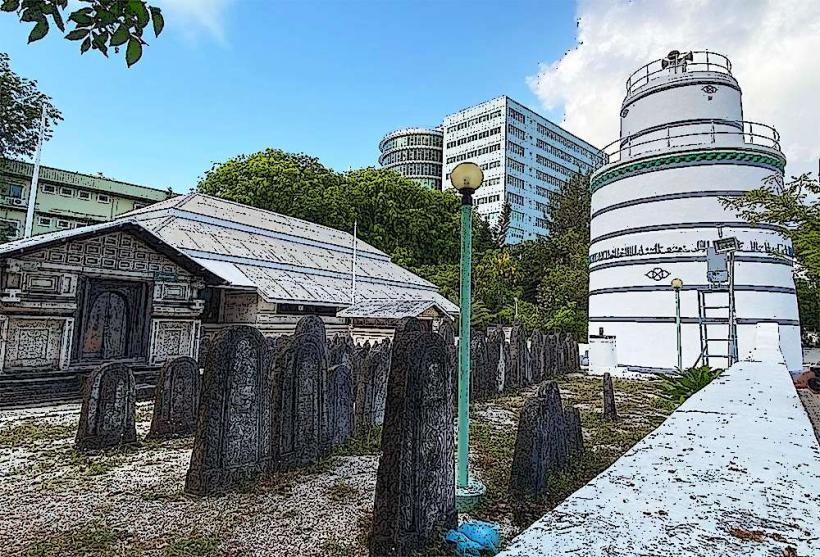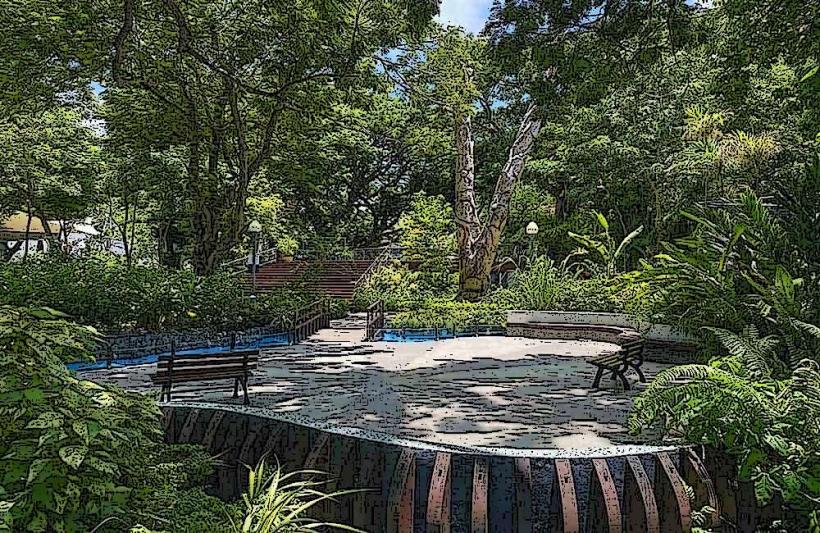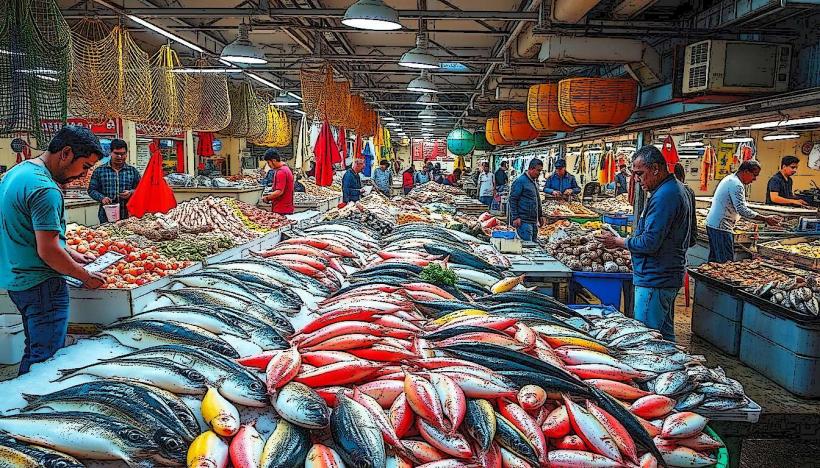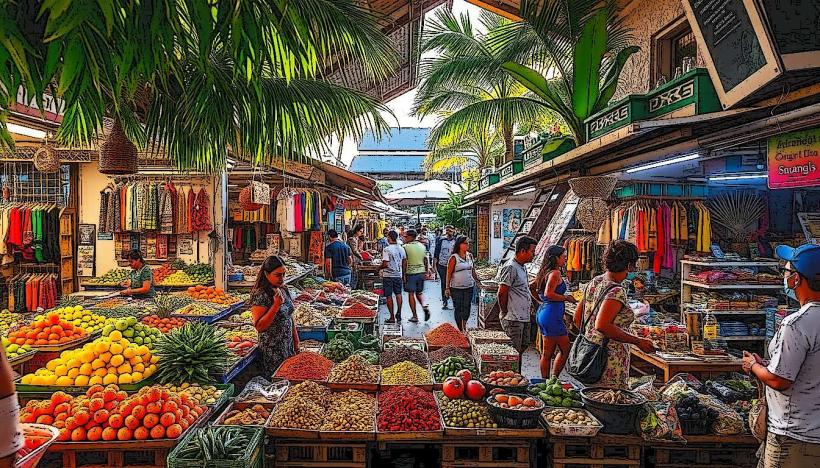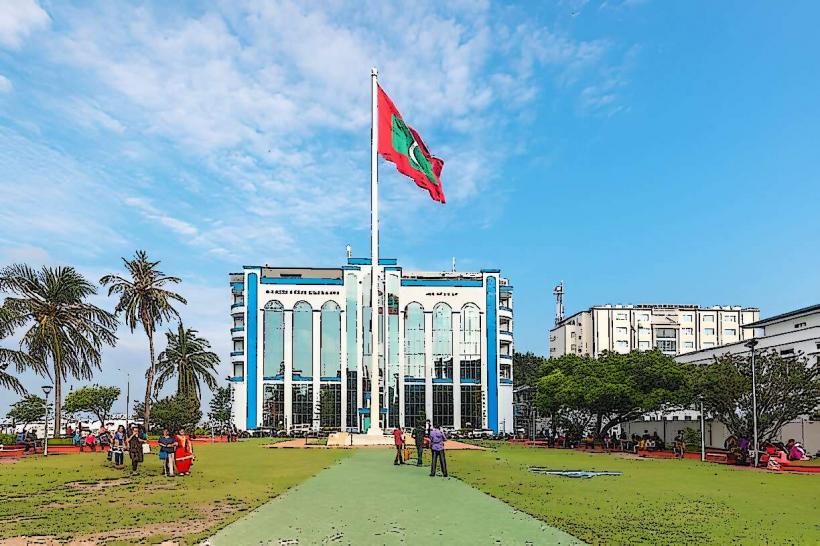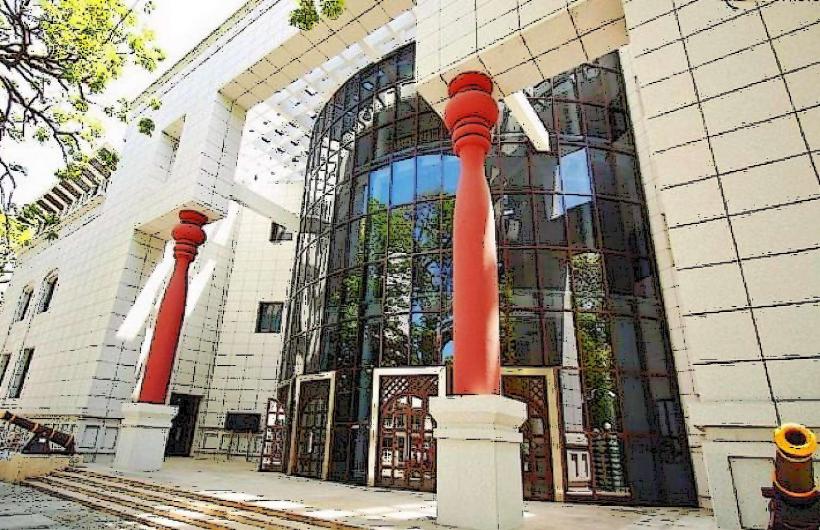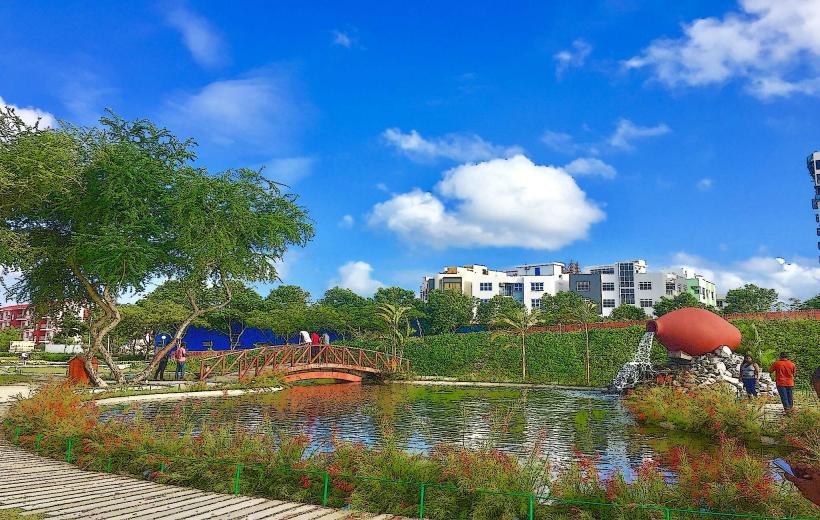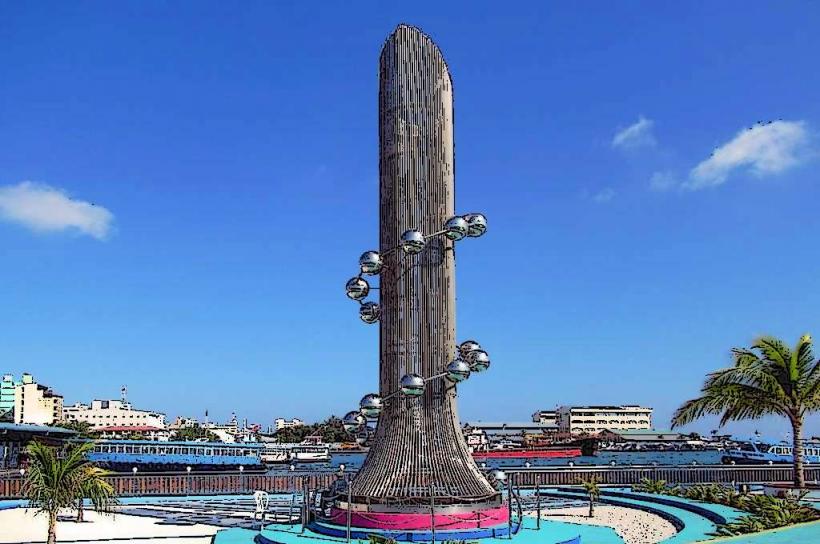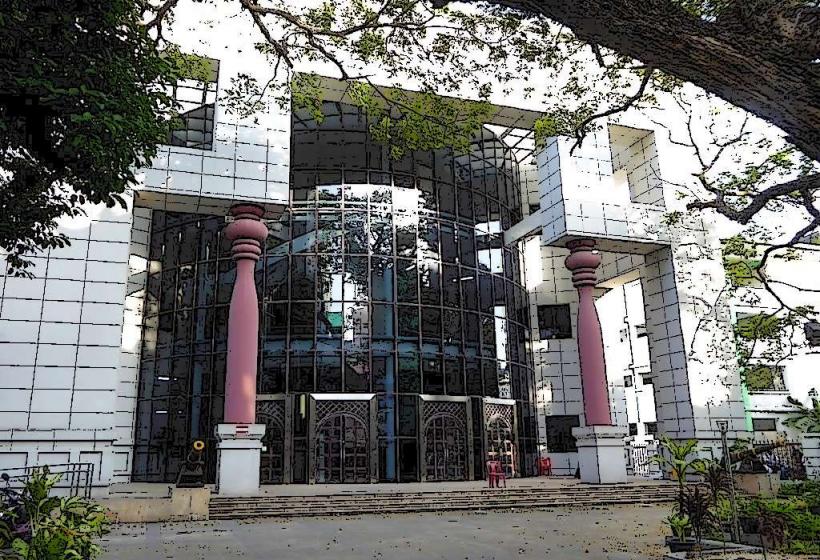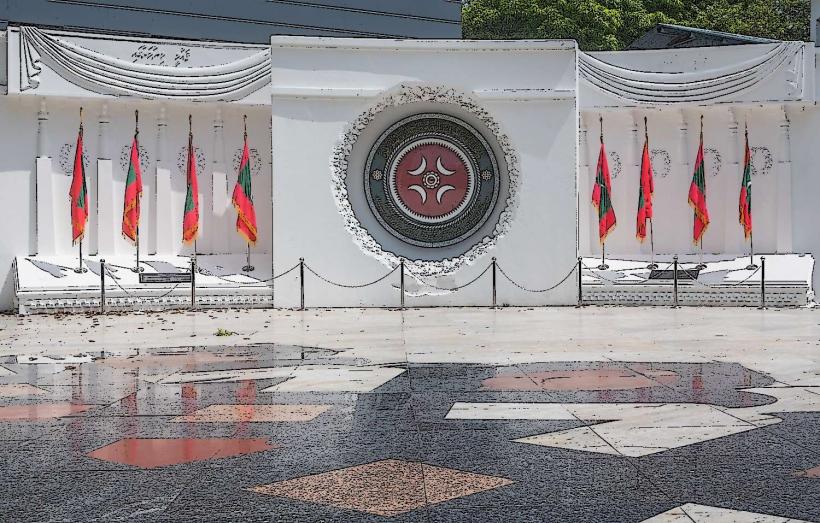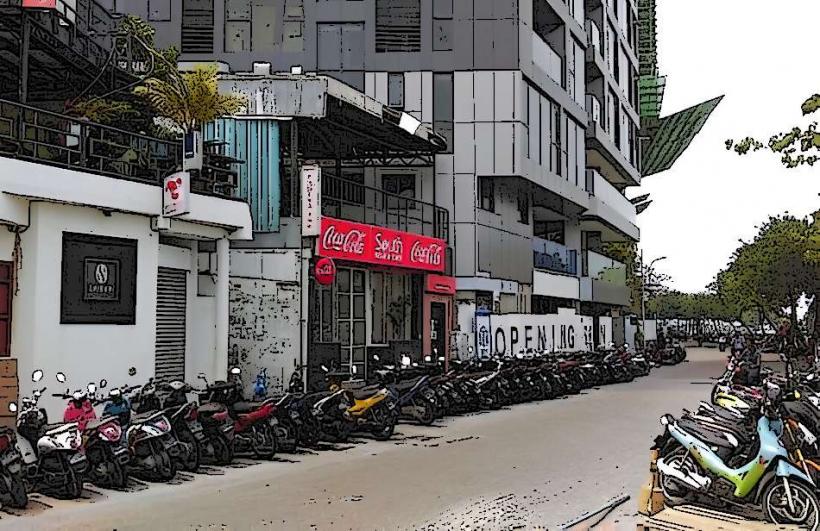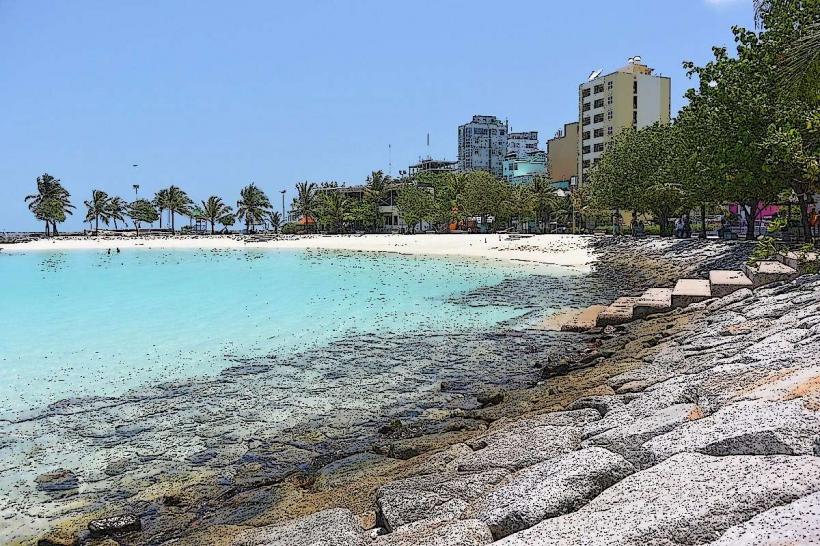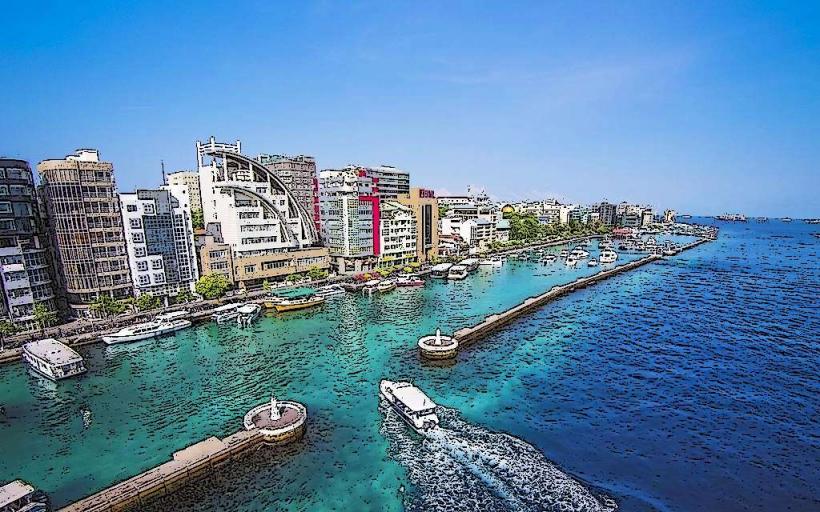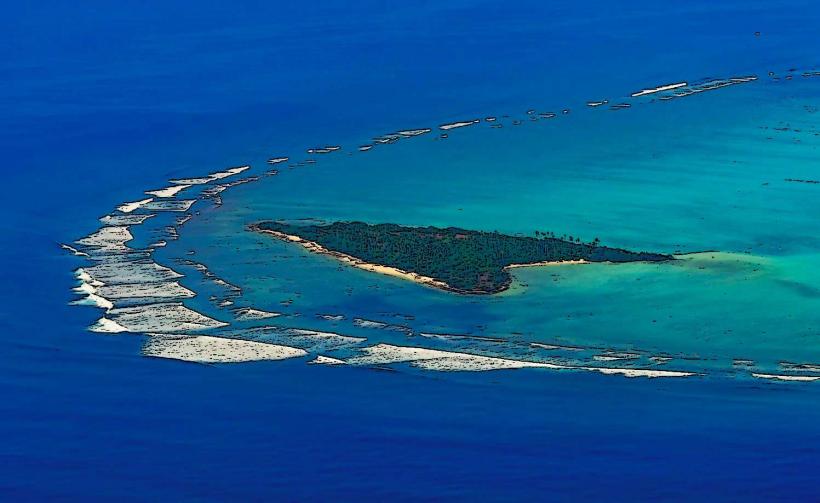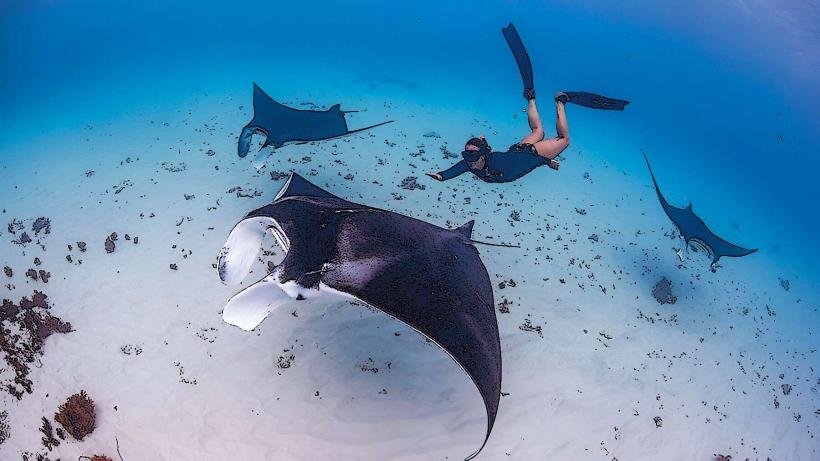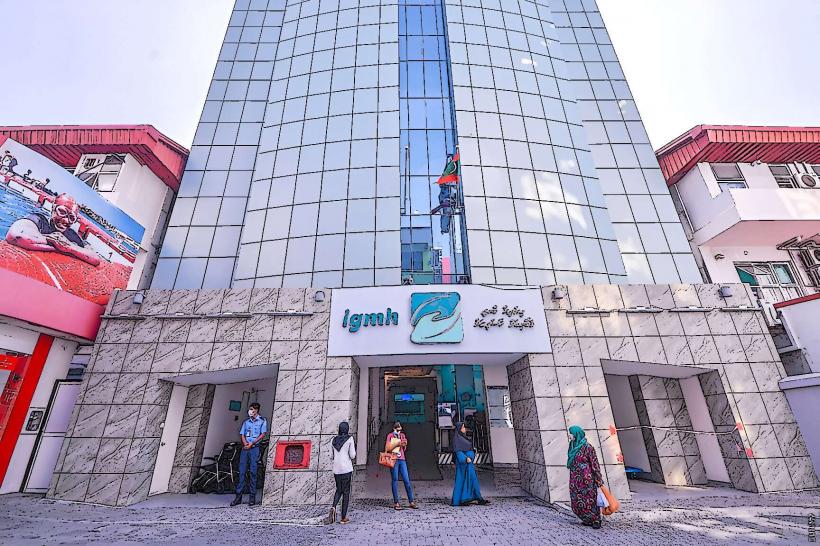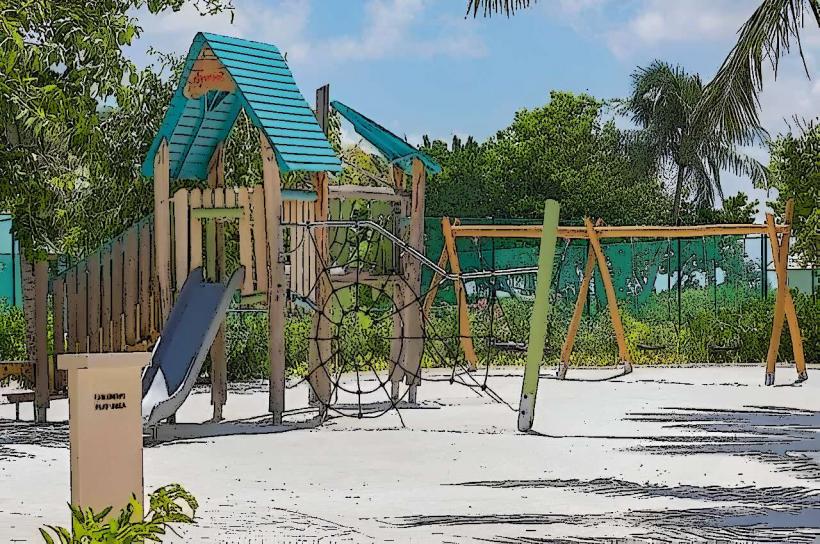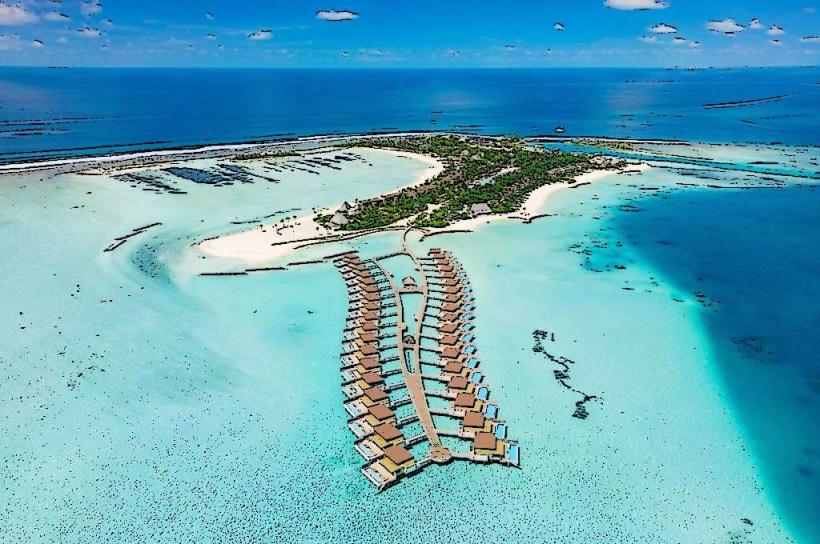Information
Landmark: Mulee Aage PalaceCity: Male
Country: Maldives
Continent: Asia
Mulee Aage Palace is one of the most iconic and historically significant buildings in Malé, the capital of the Maldives. This beautiful palace is a symbol of the country’s royal heritage and has played a key role in the Maldives' political history. Here’s a detailed look at Mulee Aage Palace:
1. Location:
- Mulee Aage Palace is located in the heart of Malé, near the Republic Square, Sultan Park, and the National Museum. Its central location makes it easily accessible to both locals and tourists. The palace is situated close to other important landmarks, adding to its prominence in the city’s historic center.
2. History and Establishment:
- Mulee Aage was built in 1914 during the reign of Sultan Muhammad Shamsuddeen III. It was constructed as a royal residence for the sultan’s family. The palace holds a significant place in Maldivian history as it was once the residence of the last monarch of the Maldives, Sultan Muhammad Fareed Didi, who ruled from 1954 to 1968.
- The building’s name, “Mulee Aage,” translates to “the house of the Sultan,” reflecting its function as a royal residence. The palace was designed to embody both traditional Maldivian architecture and colonial influences, blending European-style design with local craftsmanship.
3. Architecture:
- Mulee Aage Palace is an example of colonial-style architecture, with distinct European influences. The design incorporates wooden beams, intricate carvings, and a combination of local Maldivian and British colonial architectural elements.
- The exterior features large windows, arched doorways, and a two-story structure, giving it a grand and stately appearance. The building is made from coral stone and other locally sourced materials, which were used extensively in the construction of Maldivian buildings during the period.
- The palace’s ornate interiors reflect the opulence of the royal family during the Sultanate era, with decorative features such as wooden paneling, carved details, and antique furniture.
4. Role in Maldivian History:
- Mulee Aage is a significant historical landmark because it served as the official residence of the Sultans during the final years of the monarchy. The last Sultan to reside in the palace, Sultan Muhammad Fareed Didi, was overthrown during a republican revolution in 1968, which led to the dissolution of the monarchy and the establishment of a republic in the Maldives.
- After the monarchy was abolished, Mulee Aage Palace was repurposed for various purposes, including serving as the residence of the Prime Minister and later the President. It has thus been central to the Maldives' political life, serving as a symbol of both the country’s royal past and its transition into the modern republic.
5. Current Use:
- Today, Mulee Aage Palace functions as the official residence of the President of the Maldives. It is used for ceremonial purposes and as a residence for the presidential family. As such, the palace holds great significance as the center of political power in the country.
- While the palace is still a private residence, it is open to the public at certain times for special tours and events. It is a popular tourist attraction, offering visitors a glimpse into the grandeur and history of the Maldivian monarchy and the colonial era.
6. Significance and Symbolism:
- Mulee Aage represents the last vestiges of the Maldives’ monarchical era, making it a symbol of the country’s royal heritage. The palace's transformation from a royal residence to the presidential residence reflects the broader historical changes in the Maldives, especially the country’s shift from a monarchy to a republic.
- The building is also a symbol of the Maldives' political evolution. The overthrow of the monarchy in 1968 marked a significant turning point in the country’s history, and Mulee Aage serves as a physical reminder of that transformative period.
7. Visitor Experience:
- While the palace is primarily used for presidential duties and is not always open to the public, visitors can tour the exterior of the palace and take in the beauty of its architecture and surroundings. The palace’s location within Sultan Park makes it part of a broader cultural and historical exploration in the heart of Malé.
- The palace is also a popular spot for photography, with many tourists and locals taking pictures of its elegant facade and the surrounding area. Its proximity to other key historical landmarks, such as the National Museum, makes it easy for visitors to explore the area on foot.
- If the palace is open for public events or special tours, visitors can learn about the Maldivian monarchy, its last royal family, and the significance of the palace in the country’s history. Guided tours often focus on the history of the building, the royal family, and the events leading up to the fall of the monarchy.
8. Nearby Attractions:
- Mulee Aage Palace is situated within close proximity to other historical sites in Malé, including:
- Sultan Park: The park itself is a historical area that was once part of the royal palace grounds and is now home to the National Museum of the Maldives.
- Republic Square: A central public space in Malé that hosts national events and celebrations.
- Grand Friday Mosque and the Islamic Centre: Key religious landmarks in Malé, with the Grand Friday Mosque being the largest and most important mosque in the country.
9. Visiting Mulee Aage:
- Mulee Aage is open to the public only during specific events or times when tours are arranged. Visitors are advised to check in advance to confirm if there are any special tours or events available.
- As the building is still in use as the official residence of the president, visitors are generally not allowed to enter the interior unless they are part of an official tour. The building’s proximity to Sultan Park makes it easy to visit as part of a larger tour of the park and museum area.
10. Conclusion:
Mulee Aage Palace is a key landmark in Malé, embodying the transition from the Maldives’ royal past to its modern republican identity. It is a symbol of the country’s rich history and political evolution, making it an important site for visitors interested in the Maldivian culture, politics, and architecture. Its combination of colonial and traditional Maldivian architectural features adds to its charm, making it a must-see location for those exploring the historical heart of the Maldives.

